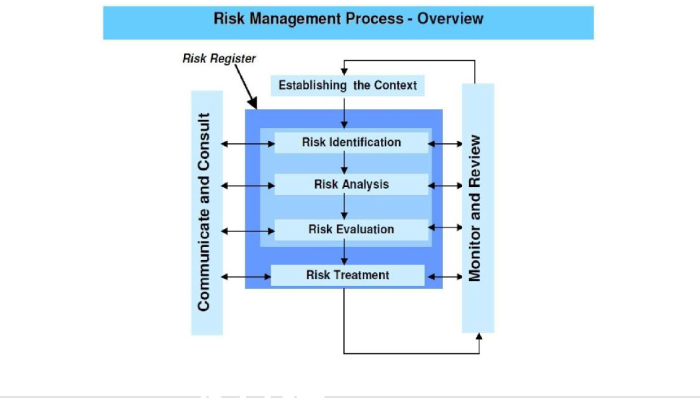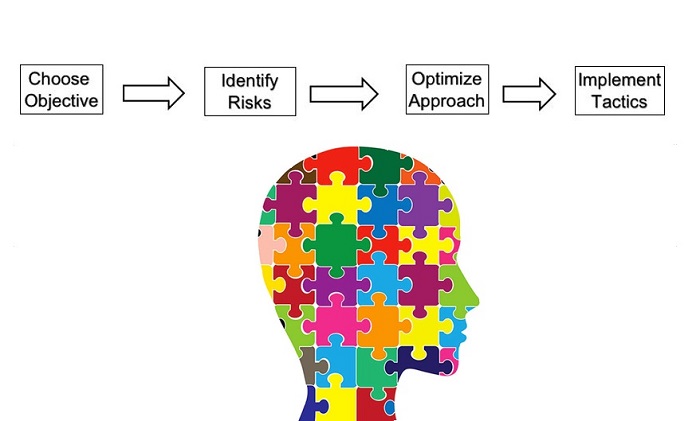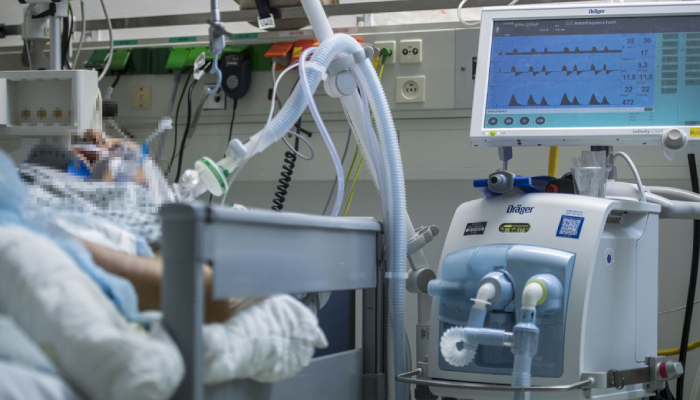How To Implement A Hospital Risk Management Process

The 101 On Hospital Waste Management Process You Need!
February 16, 2020
The Three Indispensable Benefits Of Hospital Management Software
February 20, 2020What’s The Role Of A Hospital Risk Manager?
A hospital risk management process is vital because it keeps patient health and safety as a priority. Moreover, risk management strategies ensure that no financial loss occurs or if it does then the impact is lessened.
So, what is hospital risk management? It is taking steps to reduce errors through better reporting, detecting deficiencies in patient care and correcting them to provide more patient safety. The one person who is specially trained for this job is a risk manager.
Although the precise duties of a risk manager change from hospital to hospital, they handle all problems that arise during patient care. They minimise any damage to the hospital following an event and work on avoiding any such event. These are the main areas where a risk manager works:
- Clinical research
- Incident and event management
- Insurance and finance management
- Psychological and human healthcare
Read More About : The 101 On Hospital Waste Management Process You Need!
What Are The Steps Of A Risk Management Process?
The hospital risk management process or the strategies a healthcare organisation has to implement to reduce any risk are limited to seven steps:
- First, educate every staff member of the hospital on how to prevent a risky situation or how to respond to one.
- Second, create and maintain detailed, accurate documents on risk management for reference on a future case.
- Third, the coordination between departments has to be perfect. When all staff is on the same page, it reduces the chances of risk and protects the patient and the hospital.
- Fourth, encourage staff to take any steps that avoid a risky situation.
- Fifth, immediately with speed and accuracy correct risks that become unavoidable.
- Sixth, any complaints should be handled swiftly.
- Seventh, teach and educate employees on how to report an incident to lessen risk.
What Strategies To Implement For Better Risk Management?
How a hospital risk management process is implemented depends upon the organisation. But in most cases, the primary priority is to keep the patient safe. The right management and process ensure that the patient’s life is never at risk. Therefore, it is advised to implement a few strategies that make risk management easier:
- Keep track of any missed appointments from a patient.
- Always maintain an accurate patient record to help in future and further prescriptions.
- Never refill any expired prescription.
- Communicate with a patient well.
- If a test result is missing, follow up.
- Install lights, bed rails and other safety devices to reduce hazards or risks to the patient.
A hospital risk management process is much deeper than these necessary seven steps and strategies. It is also about providing counselling services to all those who work with a patient and training every member of the staff. That being said, implementing these fundamental steps is a start.





